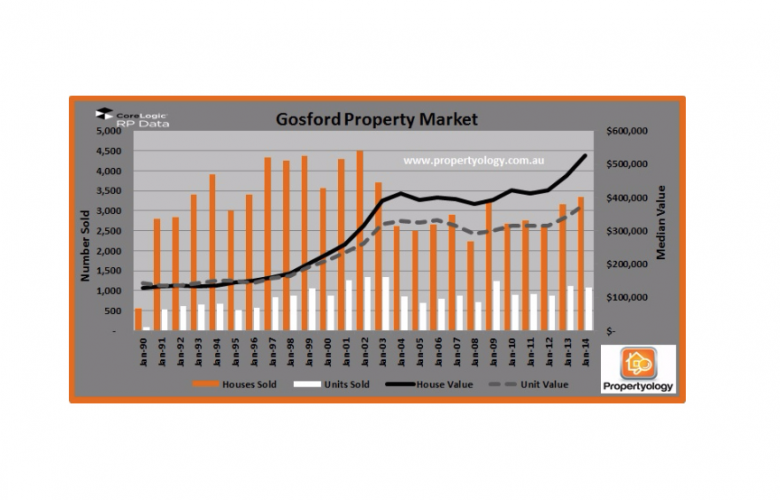Why the Central Coast is hot property
Contact
Why the Central Coast is hot property
Much of this recent price growth can be attributed to the ripple effect from Sydney's boom, but the region's own economic development has also helped.
Why should property investors consider the New South Wales' Central Coast? Because after eight slow years of modest performance, the property markets of Gosford and Wyong have now seen three strong years of growth, says Propertyology 's Simon Pressley.
"Whilst Gosford median house values crawled from $390,000 at the start of 2004 to $465,000 at the start of 2013, they subsequently grew to be worth $570,000 by June 2015," says Pressley. "In Wyong, the median house value was even more sluggish, going from $345,000 at the start of 2005 to $365,000 at the start of 2014, and then jumped to $429,000 by June 2015."
Much of this recent price growth can be attributed to the ripple effect from Sydney's boom, but the region's own economic development has also helped. Pressley describes as "most impressive" the jobs data for the Central Coast for the past four or five years, noting that employment trends can often be a precursor for property market trends.
The main industry employers on the Central Coast are retail, health, construction, manufacturing, and accommodation and food services (tourism). Food manufacturing has been particularly strong in Wyong, and contributes 1,537 jobs (3.0%) to total employment and $147.11 million to total revenue. Wyong is an important exporter to both domestic and international markets, particularly grain mill, cereal products, fruit and vegetable processing. Life Health Foods is a major local employer. The Cordina Food Co expanded in to the area in 2014.
Tourism has also helped the area. Wyong City Council is in advanced discussions with Australia Chinese Theme Park Pty Ltd (a Chinese developer) for a proposed $500 million Chinese theme park known as Chappypie China Time. The proposal involves thousands of jobs during construction and an additional 1,000 full-time once completed.
Pressley also says there is significant land available for development in the area, which has a current population of 340,000., and the draft Central Coast Regional Plan released in November 2015 has flagged residential construction as a priority.






